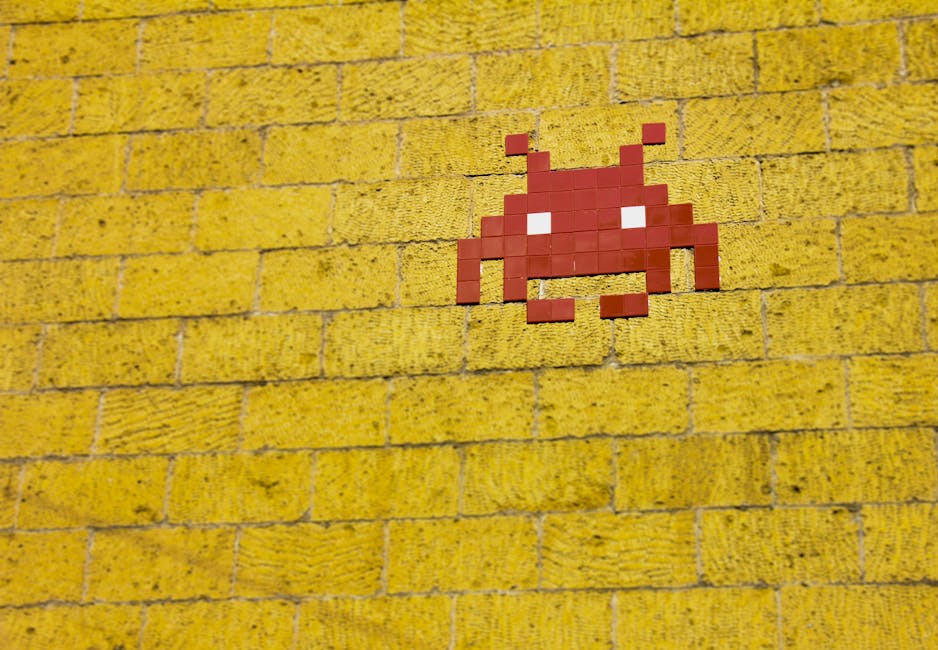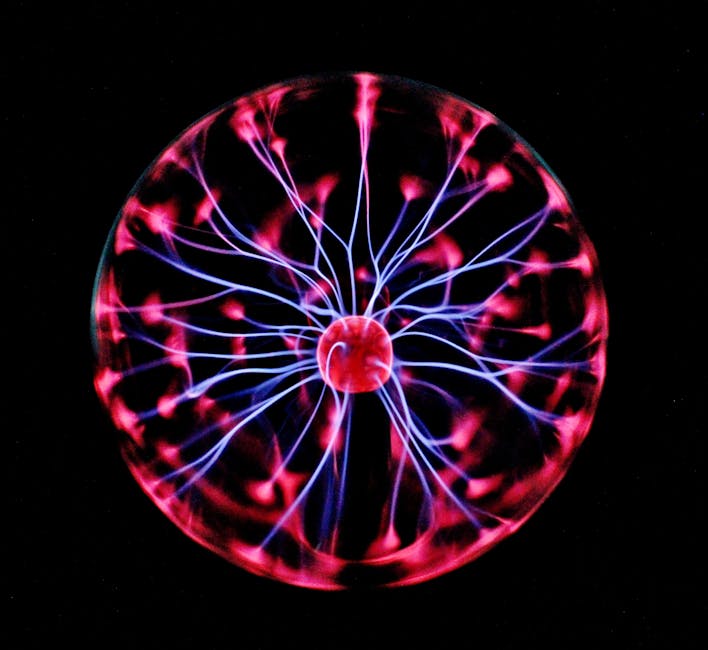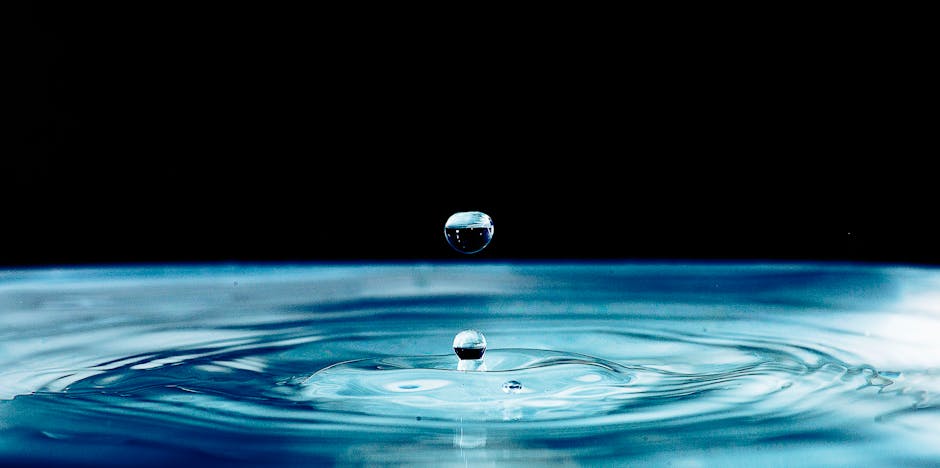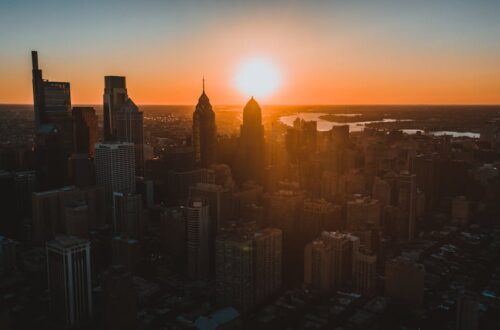Focus Keyword: Scene flow fan theories
Scene flow fan theories have become a cornerstone of modern TV and film culture, fueling endless speculation, debate, and excitement among audiences worldwide. From dissecting the smallest visual cues to predicting entire story arcs, fans use their collective creativity to interpret scene transitions, character motivations, and narrative structures. In this article, we dive deep into the fascinating world of scene flow fan theories, exploring how they shape our viewing experience, influence creators, and create a dynamic storytelling ecosystem that extends far beyond the screen.
The Rise of Scene Flow Fan Theories in Pop Culture

Photo by Francesco Ungaro on Pexels
In the age of streaming and social media, the phenomenon of scene flow fan theories has exploded. No longer are viewers passive consumers; instead, they are active participants, piecing together clues and engaging in spirited discussions about every transition and narrative beat. This rise can be attributed to several factors:
- Increased access to content: With entire seasons available at once, fans can binge-watch and analyze episodes in detail, noticing patterns and connections that might otherwise be missed.
- Online communities: Platforms like Reddit, Twitter, and dedicated fan forums provide spaces for fans to share theories, debate plot twists, and collaborate on deciphering complex storylines.
- Creator engagement: Showrunners and writers often interact with fan communities, sometimes dropping hints or even confirming fan theories, blurring the line between creator and audience.
This participatory culture has elevated scene flow from a technical aspect of filmmaking to a central element of fan speculation. Fans meticulously analyze transitions—how one scene flows into another, the use of visual motifs, and the pacing of reveals—to build theories that sometimes rival the complexity of the original work.
How Scene Flow Drives Fan Speculation

Photo by Tima Miroshnichenko on Pexels
Scene flow refers to the seamless movement and connection between scenes, achieved through editing, transitions, and narrative structure. For fans, these elements are fertile ground for speculation:
- Visual transitions: A lingering shot, an abrupt cut, or a match cut can signal hidden meanings or foreshadow future events. Fans often scrutinize these moments for clues about character motivations or upcoming plot twists.
- Temporal shifts: Nonlinear storytelling and time jumps invite fans to piece together timelines, leading to theories about character backstories or secret connections between events.
- Audio cues: Subtle sound design—like a recurring melody or a background noise—can hint at underlying themes or relationships, sparking speculation about their significance.
Masterful scene flow can both guide and mislead the audience, creating an environment where fan theories flourish. The interplay between what is shown and what is implied encourages viewers to look beyond the surface, transforming every detail into a potential clue.
Iconic Examples: Scene Flow Fan Theories in Action

Photo by Manish Jangid on Pexels
Some of the most memorable moments in TV and film history owe their impact to the power of scene flow and the fan theories they inspire. Consider these examples:
- “Lost”: The show’s use of flashbacks, flash-forwards, and flash-sideways sequences kept fans guessing about the true nature of the island and the fate of its characters. The intricate scene flow fueled countless theories, from purgatory to alternate realities.
- “Westworld”: The nonlinear narrative and carefully crafted transitions led fans to speculate about timelines, character identities, and the nature of consciousness itself. Online communities meticulously mapped out scenes to uncover hidden connections.
- “Breaking Bad”: Visual motifs and recurring shots—such as the use of color and specific camera angles—sparked theories about character arcs and impending doom, heightening the show’s tension and rewatch value.
In each case, the scene flow was not just a technical achievement but a storytelling device that invited audience participation. Theories born from these techniques often became part of the cultural conversation, influencing how future episodes or films were received and interpreted.
The Psychology Behind Fan Theories and Scene Flow

Photo by cottonbro studio on Pexels
Why are viewers so drawn to scene flow fan theories? The answer lies in the psychology of storytelling and audience engagement:
- Pattern recognition: Humans are wired to seek patterns and meaning in what they see. When scene flow presents ambiguous or open-ended transitions, our brains naturally try to fill in the gaps, leading to speculation and theory-building.
- Community and identity: Engaging in fan theories fosters a sense of belonging. Fans who contribute unique insights or “solve” narrative puzzles often gain recognition within their communities, reinforcing their identity as super-fans or experts.
- Control and agency: Speculating about scene flow gives viewers a sense of agency over the story. By predicting outcomes or uncovering hidden layers, fans feel more invested in the narrative and its characters.
This psychological engagement is a key reason why scene flow fan theories endure. They transform passive viewing into an active, collaborative process that extends the life of a story well beyond its runtime.
How Creators Respond to Scene Flow Fan Theories

Writers, directors, and editors are increasingly aware of the power of scene flow fan theories. Some embrace this dynamic, intentionally planting “Easter eggs” and ambiguous transitions to encourage speculation. Others use fan theories as a barometer for audience engagement, adjusting storylines in response to popular speculation.
- Interactive storytelling: Shows like “Mr. Robot” and “Dark” have incorporated fan theories into their marketing and narrative structure, creating puzzles and alternate reality games that reward attentive viewers.
- Subverting expectations: Some creators deliberately mislead fans through deceptive scene flow, setting up red herrings or false leads to maintain suspense and surprise.
- Fan influence: In rare cases, fan theories have even shaped the direction of a story, as creators respond to popular demand or correct course based on fan feedback.
This evolving relationship between creators and audiences highlights the importance of scene flow as both a storytelling tool and a catalyst for fan engagement.
Scene Flow Techniques That Inspire Theories

Photo by İsacan Çiçek on Pexels
Several filmmaking techniques contribute to the richness of scene flow and the theories it inspires:
- Establishing shots: These set the tone and context for a scene, often containing visual clues that attentive fans use to predict upcoming events.
- Match cuts and visual motifs: Repeating imagery or transitions can signal deeper connections between characters or themes, prompting fans to search for hidden meanings.
- Sound design: Strategic use of music, ambient noise, and silence can foreshadow twists or reveal character emotions, fueling speculation about their significance.
- Temporal manipulation: Flashbacks, flash-forwards, and non-linear editing challenge viewers to piece together timelines, leading to complex fan theories about cause and effect.
Mastering these techniques allows creators to craft narratives that are not only engaging in the moment but also rewarding upon repeated viewings and analysis.
The Role of Technology and Social Media in Spreading Scene Flow Fan Theories

Photo by luis gomes on Pexels
Technology has revolutionized the way scene flow fan theories are shared and developed. High-definition streaming, frame-by-frame analysis tools, and social media platforms have democratized the process of theory-building:
- Instant sharing: Fans can quickly post screenshots, video clips, and breakdowns of scenes, inviting real-time discussion and collaboration.
- Algorithm-driven recommendations: Platforms like YouTube and TikTok surface fan theory content to wider audiences, amplifying the reach and impact of speculative analysis.
- Global participation: Fans from around the world can contribute diverse perspectives, enriching the pool of theories and interpretations.
This technological landscape has made scene flow fan theories more accessible and influential than ever before, shaping not only how stories are interpreted but also how they are created and marketed.
The Future of Scene Flow Fan Theories in TV and Film

As storytelling continues to evolve, scene flow fan theories are poised to play an even greater role in shaping the future of TV and film. Emerging trends include:
- Interactive and nonlinear narratives: As more creators experiment with branching storylines and viewer-driven choices, the importance of scene flow—and the theories it inspires—will only grow.
- AI-generated content: Advances in artificial intelligence may enable personalized scene flow, allowing fans to experience stories tailored to their preferences and theories.
- Cross-media storytelling: Franchises that span TV, film, games, and comics will require fans to track scene flow across multiple platforms, leading to even more complex and interconnected theories.
In this landscape, the relationship between creators and audiences will become increasingly collaborative, with scene flow fan theories serving as both inspiration and feedback for future storytelling innovations.
Conclusion: The Lasting Impact of Scene Flow Fan Theories

Photo by Jacob Yavin on Pexels
Scene flow fan theories have transformed the way we experience TV and film, turning viewers into detectives, collaborators, and co-creators. By analyzing transitions, narrative structure, and visual motifs, fans breathe new life into stories, keeping them alive long after the credits roll. As technology and storytelling continue to evolve, the art of scene flow—and the fan theories it inspires—will remain at the heart of our shared cultural imagination.
Sources
- https://library.fiveable.me/screenwriting-i/unit-7/transitions-scene-flow/study-guide/X7pHV2t2fPOgzzcU
- https://www.studiobinder.com/blog/what-is-film-editing-definition/
- https://www.youtube.com/watch?v=4vpqa2oYuMY





